What to Expect During Laparoscopic Appendectomy: A Patient’s Guide
Laparoscopic appendectomy is a minimally invasive procedure that has become the preferred method for removing an inflamed appendix in many cases. If you or a loved one is preparing for this surgery, understanding the process can ease some of the anxiety. This guide will walk you through each phase of the procedure—from preparation to recovery—so you know what to expect.
1. What is a Laparoscopic Appendectomy?
A laparoscopic appendectomy is a surgical procedure used to remove the appendix when it becomes inflamed due to appendicitis. It is performed using a few small incisions in the abdomen, through which a camera (laparoscope) and surgical instruments are inserted. Unlike open surgery, which requires a larger incision, laparoscopic surgery allows for a quicker recovery and less scarring.
2. Preparation for Surgery
Before your laparoscopic appendectomy, your healthcare team will provide specific instructions:
- Fasting: You will need to avoid eating or drinking for several hours before the surgery, usually starting at midnight the night before.
- Medication: Inform your surgeon about any medications you are taking, as you may need to stop certain blood-thinning drugs like aspirin before surgery.
- Preoperative Testing: You may undergo blood tests, an ultrasound, or a CT scan to confirm appendicitis and assess your overall health.
3. During the Procedure
Laparoscopic appendectomy typically takes around 1 to 2 hours. Here’s a breakdown of the steps:
- Anesthesia: You will be given general anesthesia, which means you’ll be asleep throughout the procedure and won’t feel any pain.
- Incisions: The surgeon makes 3 to 4 small incisions in your abdomen. A laparoscope (a thin tube with a camera) is inserted through one incision to provide a view of your internal organs.
- Removal of Appendix: Using specialized instruments, the surgeon detaches and removes the inflamed appendix.
- Closure: The small incisions are closed with sutures or surgical staples. Since the incisions are tiny, scarring is minimal.
4. Recovery in the Hospital
After the surgery, you’ll be moved to a recovery room where your vital signs will be monitored. Most patients can go home the same day or within 24 hours. Here’s what to expect immediately after surgery:
- Waking Up: You’ll wake up groggy due to the anesthesia. You may feel some soreness around the incision sites, but pain medication will help manage discomfort.
- Activity Level: Walking around soon after surgery is encouraged to prevent blood clots and speed up recovery.
- Discharge: You’ll receive discharge instructions on caring for your incisions, managing pain, and recognizing signs of infection.
5. At-Home Recovery
The recovery process after laparoscopic appendectomy is generally quicker than open surgery. Most patients can return to normal activities within 1 to 3 weeks. Here’s what you can do to ensure a smooth recovery:
- Pain Management: You may be prescribed pain relievers for a few days. It’s normal to feel some soreness, but avoid heavy lifting for at least two weeks.
- Diet: Start with light foods and gradually introduce more solid meals as tolerated. Staying hydrated is important.
- Wound Care: Keep the incision area clean and dry. You may have adhesive strips or bandages, which will need to be changed according to your doctor’s instructions.
- Physical Activity: While strenuous exercise should be avoided, light activities like walking are encouraged. You can usually resume normal physical activities, including exercise, within 2-3 weeks, depending on your doctor’s advice.
6. Follow-Up Appointments
Your doctor will likely schedule a follow-up appointment within 1-2 weeks after surgery to check the healing process. During this visit, they may inspect your incisions, remove stitches, and address any concerns you may have. If you experience any complications, such as a fever, severe pain, or signs of infection (redness, swelling, or discharge from the incision), contact your healthcare provider immediately.
7. Potential Complications
Although laparoscopic appendectomy is considered safe, there are some potential risks:
- Infection: In rare cases, the surgical site may become infected, requiring antibiotics or further treatment.
- Bleeding: Internal bleeding is a possibility, though it’s uncommon.
- Hernias: Sometimes, patients develop hernias at the incision site if it doesn’t heal properly.
8. Why Laparoscopic Surgery is Preferred
Laparoscopic appendectomy has become the standard choice for treating appendicitis due to its benefits:
- Quicker Recovery: Patients typically recover faster and experience less post-operative pain than with open surgery.
- Minimal Scarring: The smaller incisions result in less visible scarring.
- Shorter Hospital Stay: Most patients can go home within 24 hours, making it a more convenient option.
Final Thoughts
Laparoscopic appendectomy is a safe and effective way to treat appendicitis, with a high success rate and minimal recovery time. Being informed about what to expect before, during, and after the procedure can help alleviate any concerns you may have. Always follow your surgeon’s instructions closely to ensure the best outcome and a smooth recovery.
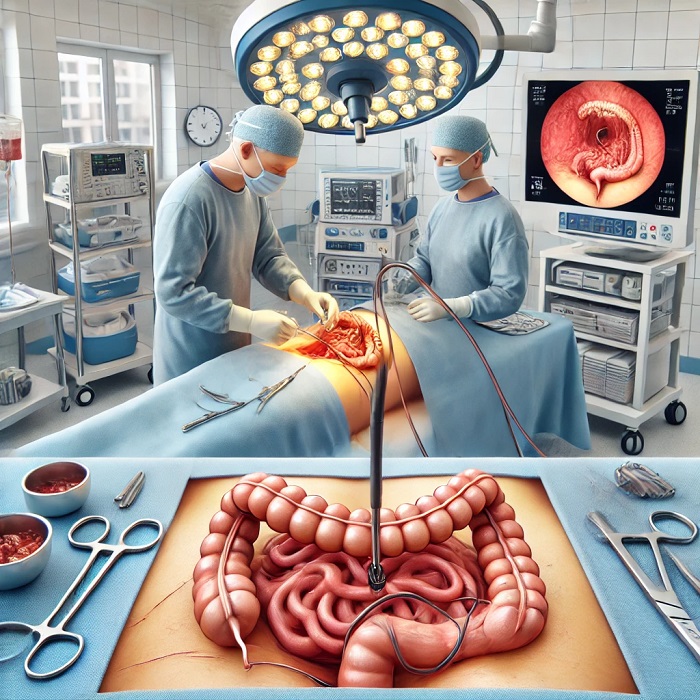
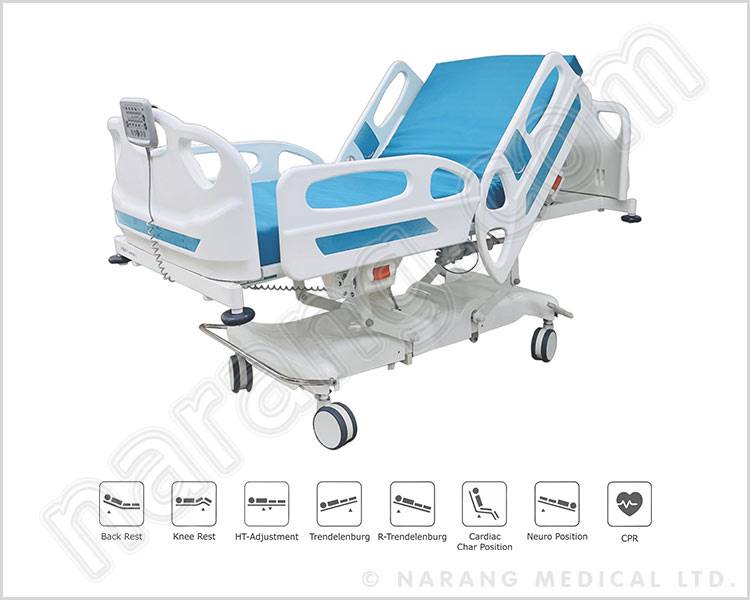
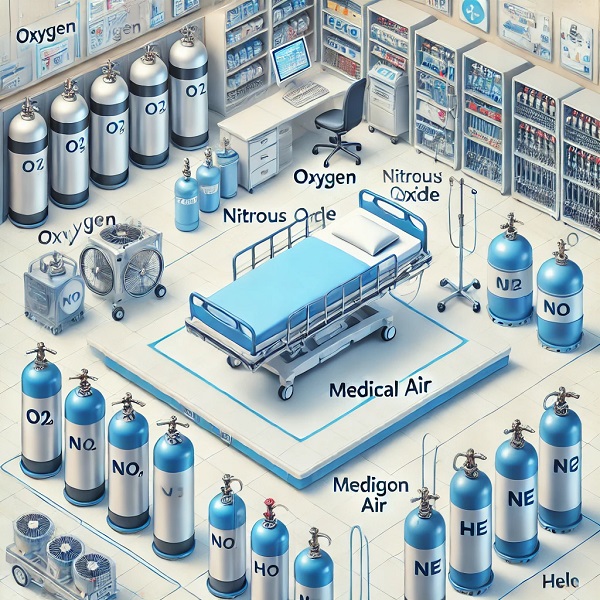
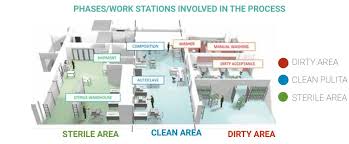



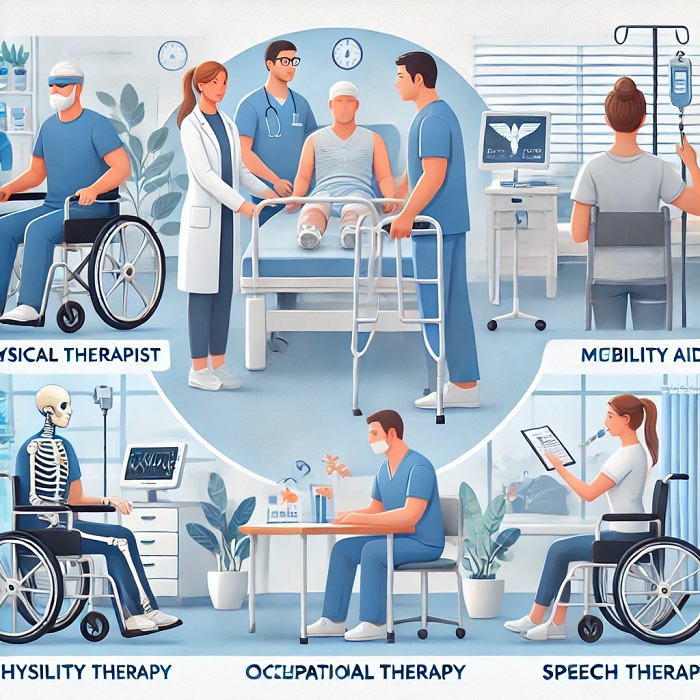


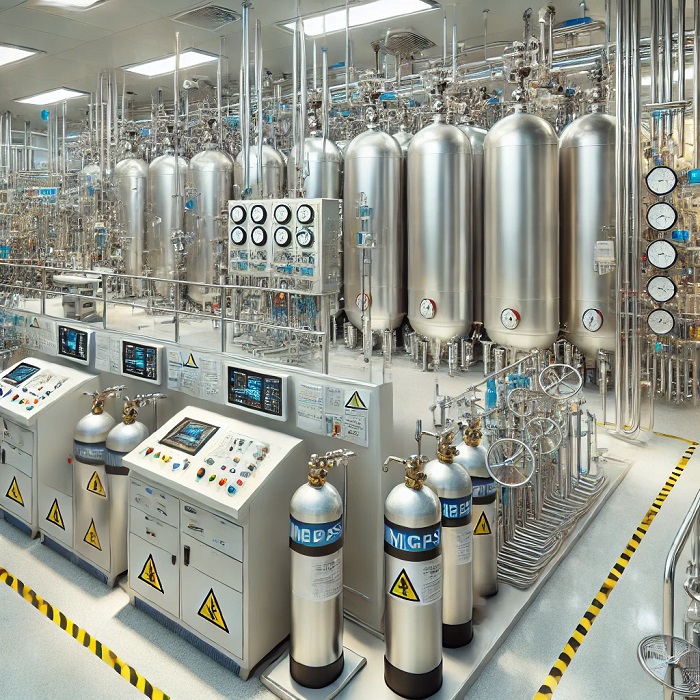



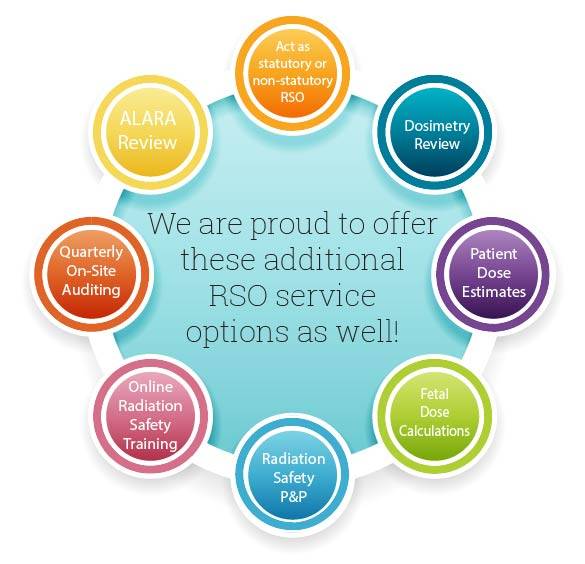
Leave a Reply